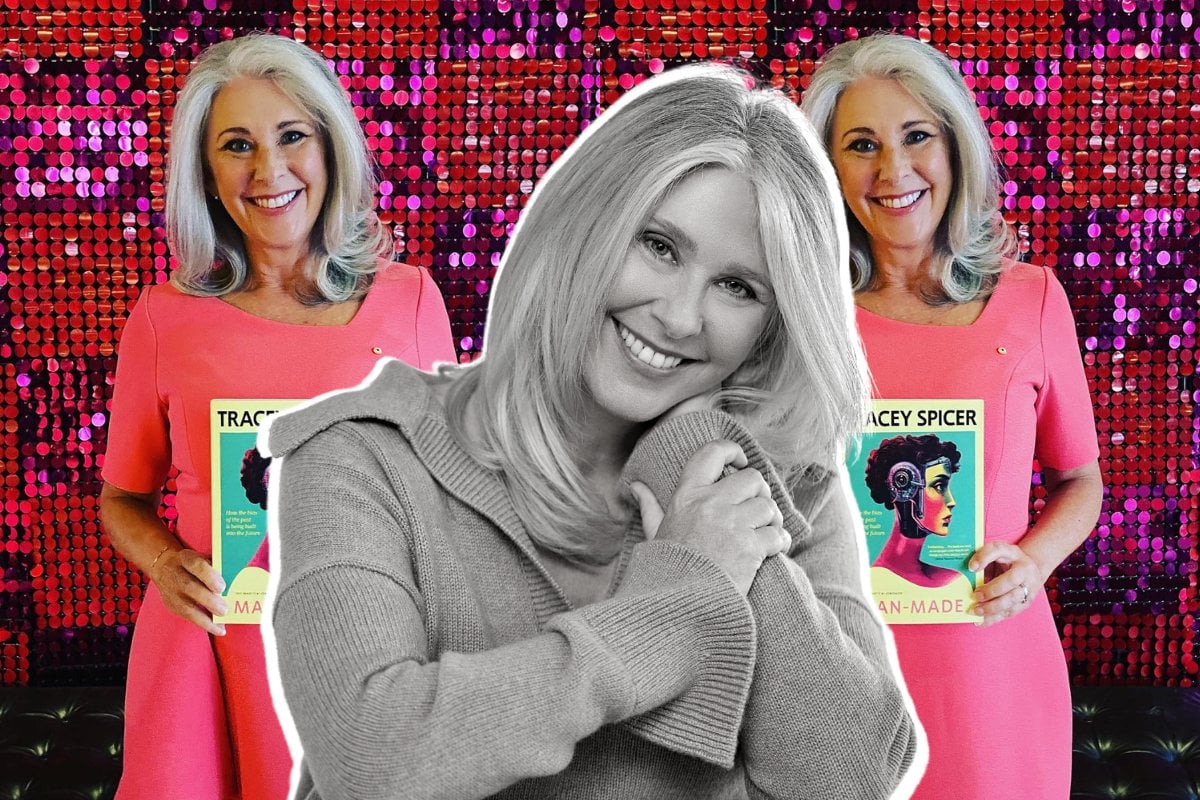
‘Mum, why is it “man” and “woman”? It’s like the “wo” is just added onto the “man”.’ – Grace Thompson, aged 9.
The scales fall from my daughter’s eyes at a young age. After years of listening to her parents rant about inequality, she expresses it simply and eloquently. Noting the female of the species seems to be an afterthought, exemplified by adding ‘wo’ to ‘man’, she continues the semiotic analysis. ‘Think about the word “she”,’ Grace says. ‘It’s just “he” with an “s” stuck on the front.’
Now, it could be argued that putting ‘wo’ and ‘s’ at the start of these words, instead of the end, constitutes success. Everyone wants to come first, after all: ‘Look, I won! Do I get a medal?’ However, peering closely, we see this for what it really is: the root word is male. This is what we call the ‘default setting’. In language, design and invention, we innovate using men as the default. If women are to be accommodated – god forbid – they’re an afterthought, created from the rib like Adam’s Eve.
As Caroline Criado-Perez writes in the 2019 book Invisible Women: Data Bias in a World Designed for Men: ‘Starting with the theory of Man the Hunter, the chroniclers of the past have left little space for women’s role in the evolution of humanity, whether cultural or biological. Instead, the lives of men have been taken to represent those of humans overall. When it comes to the lives of the other half of humanity, there is often nothing but silence.’
Preach, sister! As artificial intelligence is shaping our society, we’re perpetuating this inequity. Our future is looking man-made, instead of human-made.

Top Comments